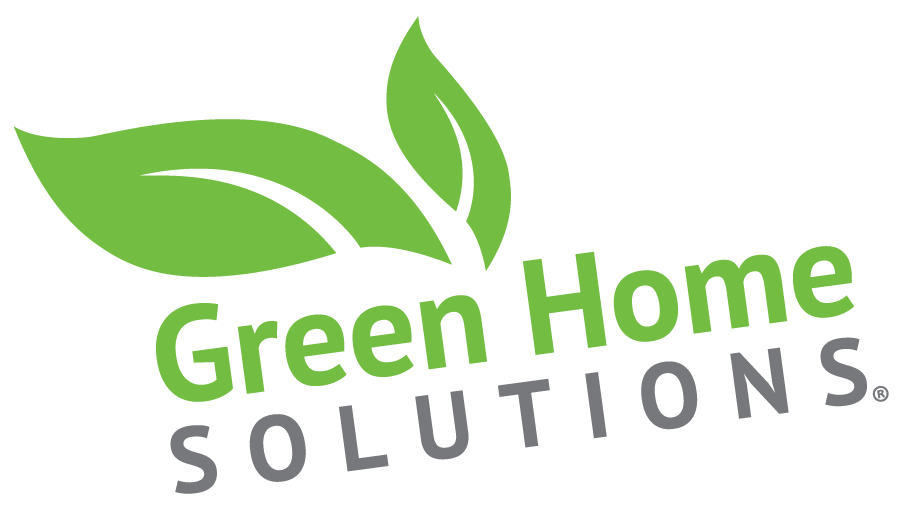Flooding can be one of the most devastating natural disasters a community can face. The aftermath can leave homes and businesses in disarray, but with the right approach, you can safely and effectively clean up the mess. Here’s a guide to help you navigate the process, along with resources from the Environmental Protection Agency (EPA) to ensure safety and health.
Assessing the Situation
Before diving into cleanup, take a moment to assess the damage. Look for hazards such as:
-
Structural damage: Check for weakened walls, ceilings, and floors.
-
Electrical issues: Ensure that power is turned off in affected areas.
-
Chemical spills: Flooding can expose hazardous materials. Report any spills to local authorities.
Safety First
Your health is the top priority. Here are some safety precautions to keep in mind:
-
Wear protective gear: Use gloves, boots, masks, and goggles to shield yourself from contaminants and debris.
-
Stay informed: Follow local authorities’ advice regarding air quality and potential hazards.
-
Ventilate: Open windows and doors to increase airflow and reduce moisture.
Cleanup Process
-
Remove Standing Water: Start by getting rid of any standing water using pumps or wet/dry vacuums. The EPA recommends removing as much water as possible within the first 24-48 hours to prevent mold growth.
-
Dry the Area: After removing the water, dry the space thoroughly. Use fans and dehumidifiers to help eliminate moisture. Aim for a relative humidity of less than 60% to prevent mold.
-
Discard Damaged Items: Items that can’t be cleaned or restored, like carpets, furniture, and personal belongings, should be disposed of properly. The EPA advises checking local regulations for hazardous waste disposal.
-
Clean and Sanitize: For items that can be saved, wash them with a mixture of water and detergent. The EPA suggests using a solution of one cup of bleach to five gallons of water for sanitizing surfaces. Always wear gloves and ensure proper ventilation.
-
Mold Prevention: Mold can develop quickly in damp environments. If you notice mold growth, the EPA recommends addressing it immediately. Small areas can often be cleaned with soap and water, but larger infestations may require professional help.
Document the Damage
Take photos and make notes of all damages for insurance claims and federal assistance. Keeping a detailed record can make the recovery process smoother.
Seek Professional Help
If the damage is extensive or if you feel overwhelmed, consider hiring professionals. Water damage restoration experts can help mitigate risks and ensure that your home is safe.
Emotional Recovery
Dealing with the aftermath of a flood can be emotionally taxing. It’s essential to take care of your mental health during this process. Don’t hesitate to reach out to support networks, whether through community groups or mental health professionals.
Resources for Recovery
-
EPA Flood Cleanup Guidelines: The EPA has a wealth of information on safe cleanup practices and mold prevention. Visit EPA Flood Cleanup for detailed resources.
-
FEMA Assistance: If you’re eligible, you may qualify for federal disaster assistance. Check out FEMA for information on applying for aid.
Conclusion
Cleaning up after a flood is no small task, but by following these guidelines and prioritizing safety, you can restore your space effectively. Remember to lean on local resources and support networks during this challenging time. With patience and perseverance, recovery is possible.
